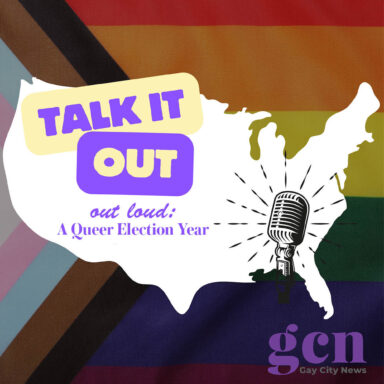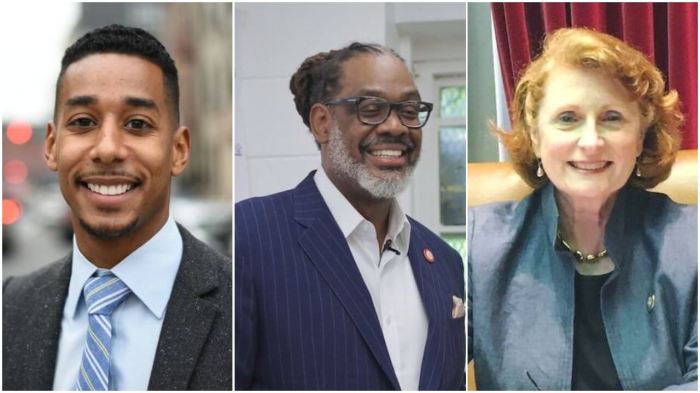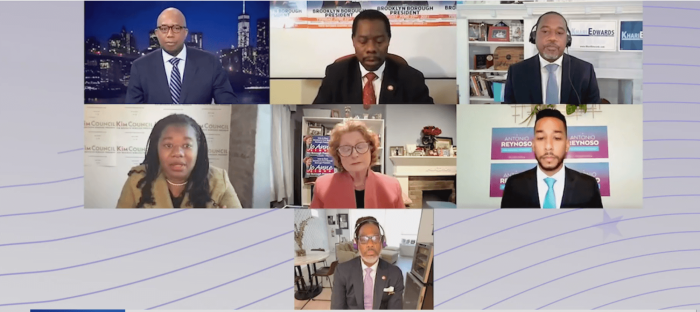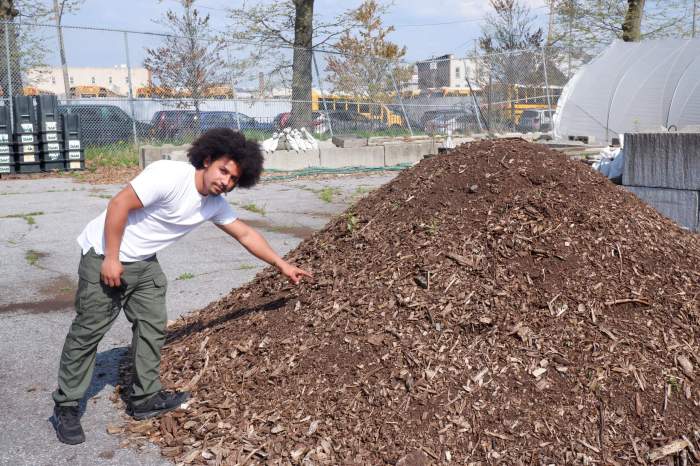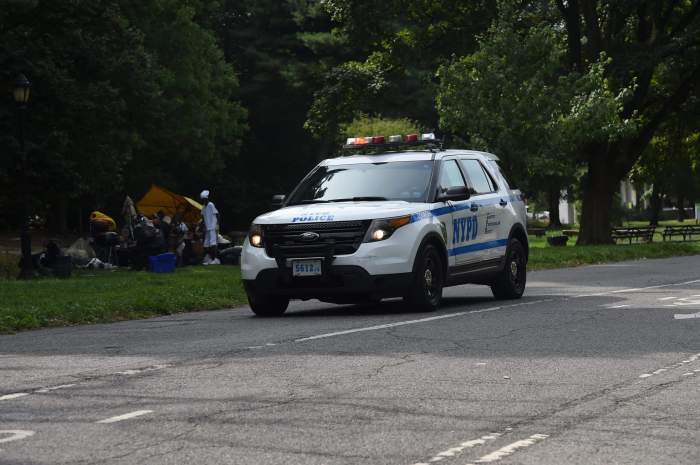In the city’s largest borough, we see iconic yellow school buses everywhere, morning and evenings. Thousands of school bus routes track in and out of Brooklyn neighborhoods on the daily, transporting kids from home to school to extracurriculars and back, sometimes for hours at a time. And when the day ends and the buses have completed their trips, thousands head back to the more than 20 different school bus garages clustered in communities like East New York, Red Hook, and Coney Island.
School buses are a fixture of everyday life in our borough, but so too is the toxic pollution they carry with them. Most of the buses that fill our fleets are old and outdated. They’re loud. They break down. They devour gas and diesel and spew out soot, nitrogen oxide, and carbon dioxide as a result. These school buses not only harm the children and drivers they carry every day but pollute the air of entire communities — most of them Black and Brown — living alongside bus routes and near large bus garages and schools. This November, however, New Yorkers have a chance to change that.
The Clean Air, Clean Water, and Green Jobs Environmental Bond Act is on the ballot, and with it, the opportunity to begin replacing New York’s massive fleet of 45,000 diesel and gas school buses with clean, modern, all-electric models. Part of a once-in-a-lifetime investment into our climate and environment, $500 million would be set aside to help school districts purchase electric buses and chargers, as well as to ensure workers are trained to maintain the newly electric fleet.
The investment will benefit everyone, but we have an urgent responsibility to our environmental justice communities to waste no time. These largely poor, Black and Brown neighborhoods have become epicenters of toxic air pollution, saddled with everything from last-mile trucking facilities to the school bus garages here in question. For the kids who call these areas home, the diesel fumes alone can cause permanent damage to developing lungs and negatively impact cognitive and academic performance. This is on top of the already high asthma rates and generally worse health outcomes in these areas.
The Bond Act’s ability to address the unfair burden faced by Black and Brown communities in Brooklyn isn’t by accident; per the mandates of New York’s landmark climate law (the CLCPA), it requires that at least 35-40% of the benefits of the new bus investments go to disadvantaged communities that are being polluted by sources like highways, power plants, waste transfer stations, and warehouses. After just a few years of use, the cost of ownership of an electric school bus fleet will be lower than gas and diesel buses too — not to mention the well-paying, sustainable jobs building and maintaining these fleets will open up across our state.
We don’t have time for piecemeal progress when it comes to protecting our environment and improving the health outcomes that result. If anything, the pandemic proved just that. Our kids, our communities, and our school bus workers deserve to be unencumbered by toxic air and debilitating conditions like asthma. They deserve a healthier, greener ride to school, and the Environmental Bond Act on the ballot this fall is how we deliver on that.
Antonio Reynoso is Brooklyn’s 20th Borough President, previously serving as a councilmember representing the 34th District, including environmental justice communities in Bushwick and Williamsburg in Brooklyn and Ridgewood in Queens.



